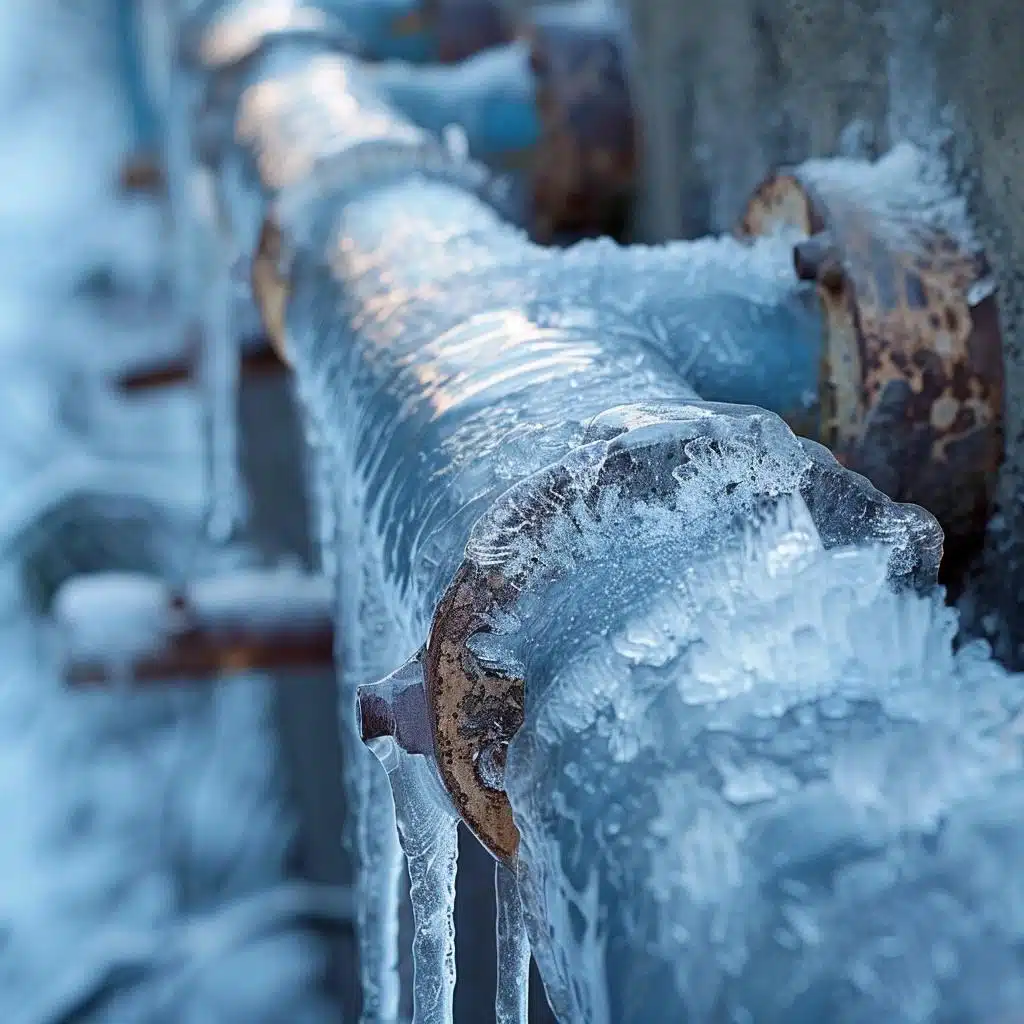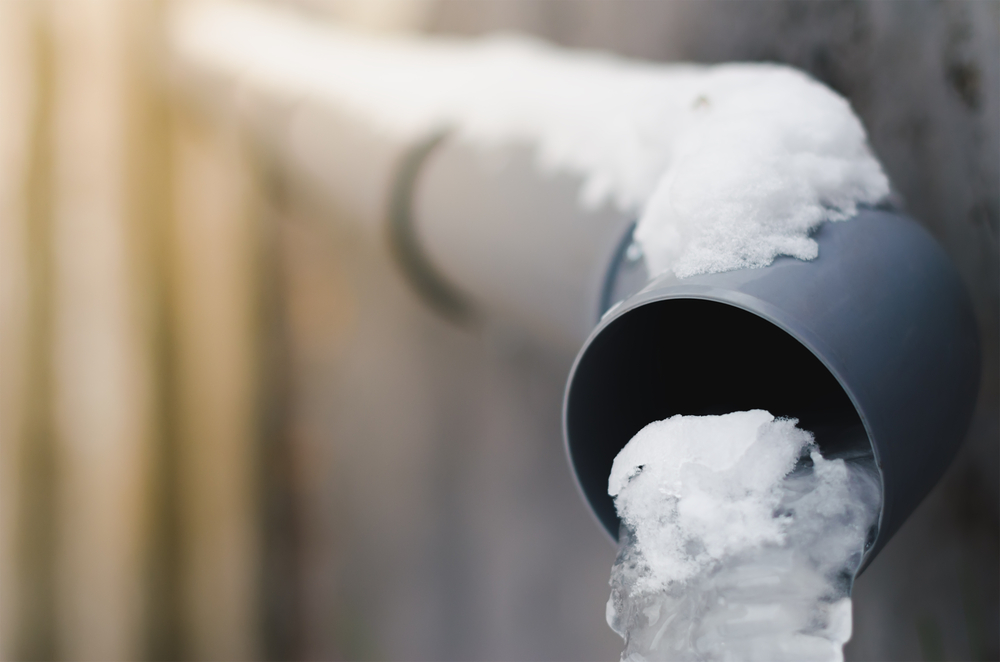Presented here below you will discover a bunch of decent tips in relation to How To Avoid Freezing Pipes.

Winter can damage your pipes, particularly by freezing pipelines. Here's just how to avoid it from taking place and what to do if it does.
Introduction
As temperature levels decrease, the threat of frozen pipelines boosts, potentially causing expensive repair work and water damage. Understanding just how to avoid icy pipelines is essential for house owners in cool climates.
Prevention Tips
Protecting vulnerable pipes
Cover pipelines in insulation sleeves or make use of warm tape to safeguard them from freezing temperature levels. Focus on pipelines in unheated or external areas of the home.
Home heating strategies
Keep indoor rooms effectively heated up, specifically areas with plumbing. Open cupboard doors to permit cozy air to circulate around pipes under sinks.
Exactly how to determine icy pipelines
Seek lowered water circulation from taps, unusual odors or noises from pipes, and visible frost on exposed pipelines.
Long-Term Solutions
Architectural adjustments
Consider rerouting pipes far from exterior wall surfaces or unheated locations. Add added insulation to attic rooms, basements, and crawl spaces.
Updating insulation
Purchase premium insulation for pipes, attic rooms, and walls. Correct insulation helps keep constant temperature levels and minimizes the threat of frozen pipelines.
Shielding Outside Pipes
Garden hose pipes and exterior faucets
Detach and drain pipes garden hose pipes prior to winter season. Set up frost-proof faucets or cover outside taps with insulated caps.
Comprehending Icy Pipes
What triggers pipes to freeze?
Pipelines freeze when revealed to temperature levels listed below 32 ° F (0 ° C) for expanded periods. As water inside the pipes freezes, it broadens, taxing the pipeline wall surfaces and possibly causing them to burst.
Threats and problems
Icy pipelines can lead to supply of water interruptions, residential or commercial property damage, and costly repair work. Burst pipes can flood homes and cause comprehensive structural damages.
Indicators of Frozen Piping
Determining frozen pipes early can stop them from bursting.
What to Do If Your Pipelines Freeze
Immediate actions to take
If you think icy pipelines, keep taps available to alleviate stress as the ice melts. Use a hairdryer or towels taken in warm water to thaw pipelines gradually.
Final thought
Preventing icy pipelines needs aggressive measures and fast reactions. By recognizing the causes, indicators, and safety nets, house owners can safeguard their pipes during cold weather.
5 Ways to Prevent Frozen Pipes
Drain Outdoor Faucets and Disconnect Hoses
First, close the shut-off valve that controls the flow of water in the pipe to your outdoor faucet. Then, head outside to disconnect and drain your hose and open the outdoor faucet to allow the water to completely drain out of the line. Turn off the faucet when done. Finally, head back to the shut-off valve and drain the remaining water inside the pipe into a bucket or container. Additionally, if you have a home irrigation system, you should consider hiring an expert to clear the system of water each year.
Insulate Pipes
One of the best and most cost-effective methods for preventing frozen water pipes is to wrap your pipes with insulation. This is especially important for areas in your home that aren’t exposed to heat, such as an attic. We suggest using foam sleeves, which can typically be found at your local hardware store.
Keep Heat Running at 65
Your pipes are located inside your walls, and the temperature there is much colder than the rest of the house. To prevent your pipes from freezing, The Insurance Information Institute suggests that you keep your home heated to at least 65 degrees, even when traveling. You may want to invest in smart devices that can keep an eye on the temperature in your home while you’re away.
Leave Water Dripping
Moving water — even a small trickle — can prevent ice from forming inside your pipes. When freezing temps are imminent, start a drip of water from all faucets that serve exposed pipes. Leaving a few faucets running will also help relieve pressure inside the pipes and help prevent a rupture if the water inside freezes.
Open Cupboard Doors
Warm your kitchen and bathroom pipes by opening cupboards and vanities. You should also leave your interior doors ajar to help warm air circulate evenly throughout your home.

I came across that piece of writing on How to Prevent Your Pipes From Freezing when doing a search on the search engines. Are you aware of someone else who is looking into the topic? Why not share it. Thanks for being here. Come back soon.
Call Today